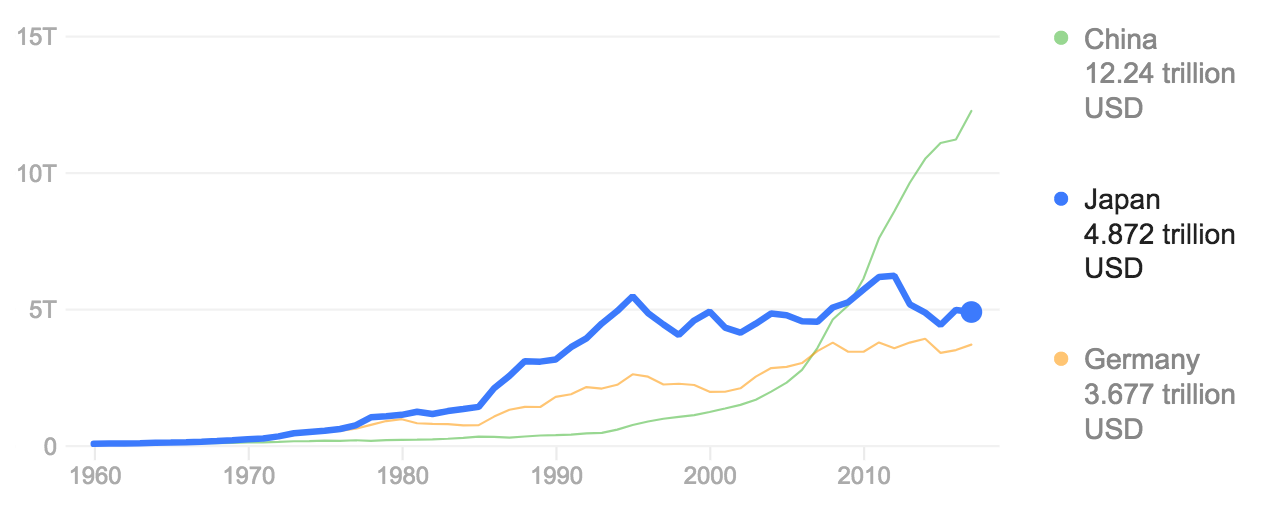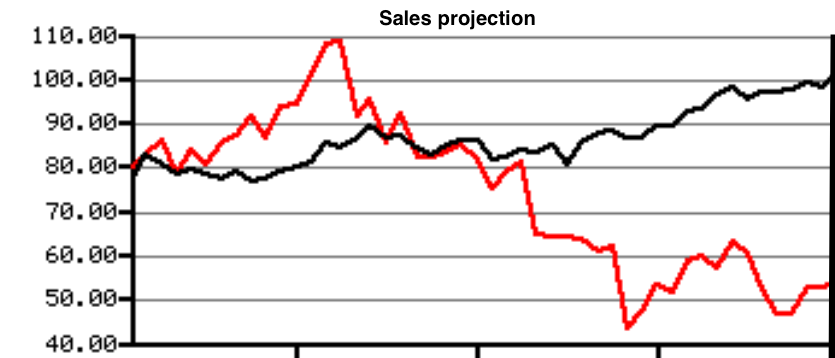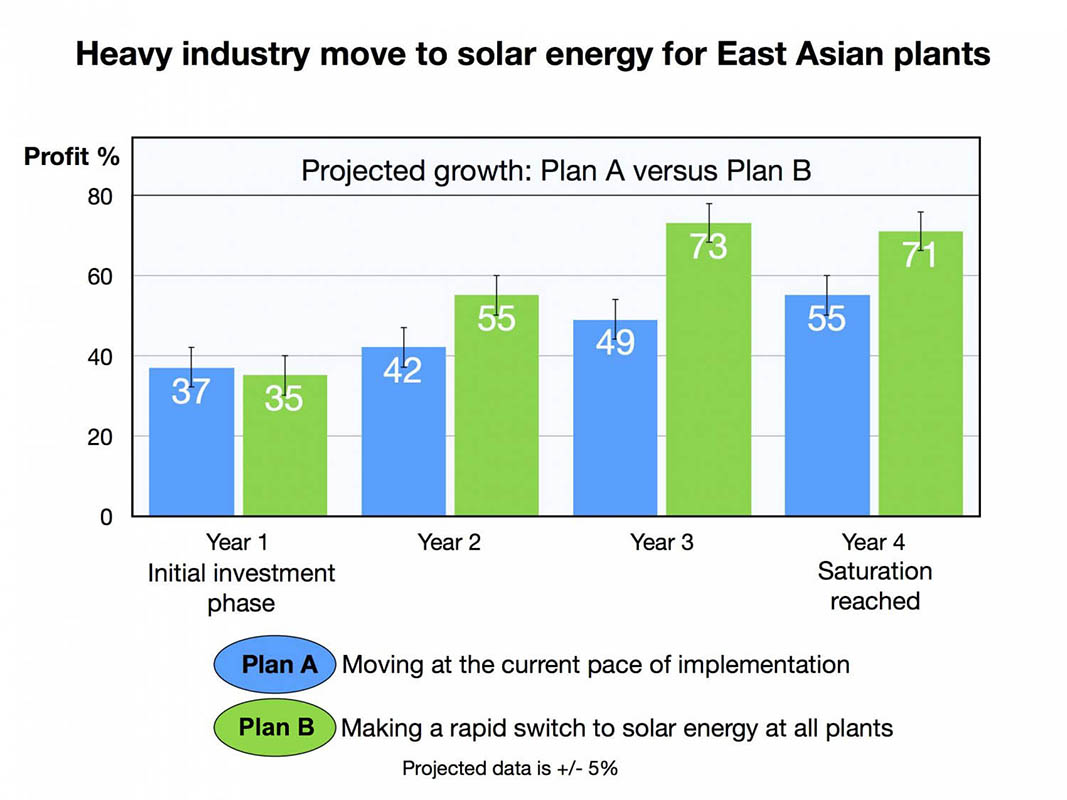
This lesson will show you a variety of ways of describing trends over time.
This lesson will dig deeply into the language of trends. Native speakers use a wide variety of words and phrases to describe this, so it's important to have a vocabulary for trends.
Describe the population growth of your country over the last 50 years. You don't have to be exact. Just talk about the general trends.
Vocabulary
First, let's establish a strong vocabulary base to describe trends:
- go up: rise, increase, grow, climb.
- go up a lot: take off, rocket, boom, explode.
- go down: decrease, drop, fall, decline.
- go down a lot: crash, plummet, plunge, collapse.
- go both up and down: fluctuate, be unsteady, be unstable.
- go down, then up: recover, pick up, bounce back, rebound, regain lost ground.
- stay flat (positive): remain stable, remain constant, remain steady.
- stay flat (negative): stagnate, stall.
- become flat: flatten out, bottom out, plateau, level off.
Now, work with your teacher to describe the trends of GDP in Japan, China and Germany.

Grammar
Talking about future trends often requires complex sentences with the conditional.
- "If we go with plan A, then sales will/should rise dramatically over the next 4 years."
This is a projected stock chart for the next five years. The red line is plan A, which was the client's preferred option. However, after a key finding and more complex analysis, you have found that the black line, plan B, offers better long-term growth. Discuss this graph.
First, describe the red line; then describe the black one.

Making recommendations
Trends by themselves are simply data, but consultants must use this information to make recommendations. Here is a list of choices you might recommend. Discuss each one. Can you think of any other ways to say it?
- Change course/change direction.
- Pull out of a market/get out of the market.
- Stay on course
- Invest heavily
- Double down
Describe the following chart:
